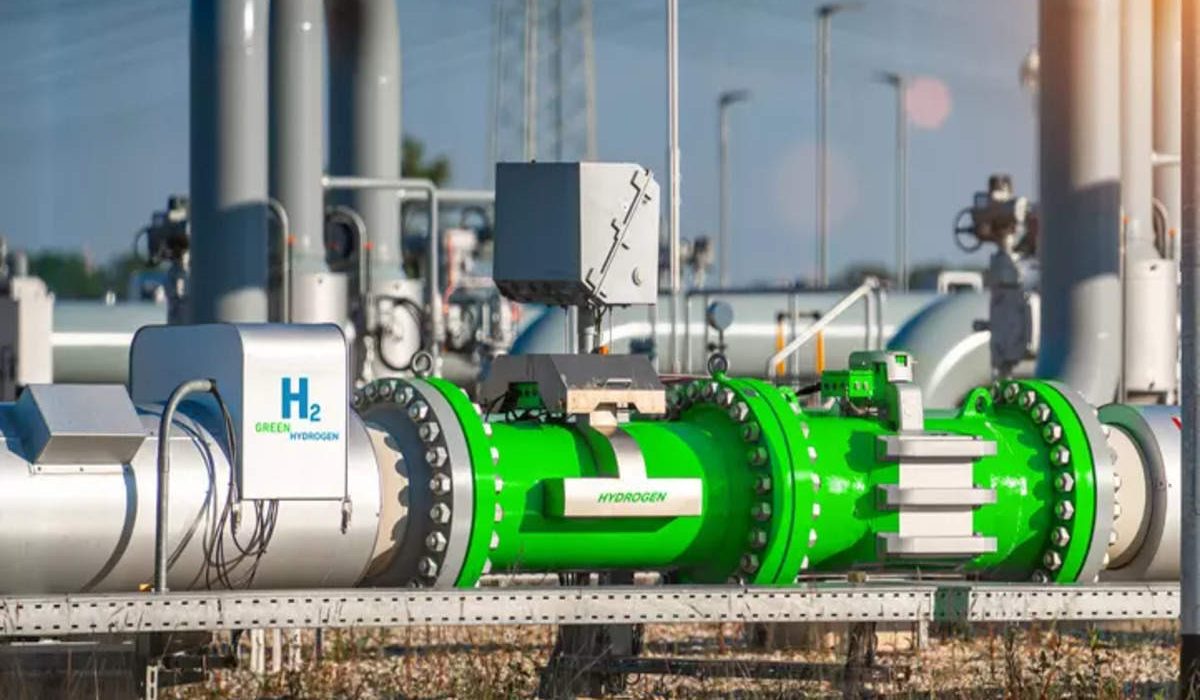In a historic stride towards a sustainable future, India has committed a monumental $2.3 billion to propel the development of green hydrogen. This visionary initiative not only bolsters India’s capacity for domestic clean energy production but also positions the nation as a potential global leader in exporting sustainable energy solutions. At the heart of this transformative endeavor is a groundbreaking approach to hydrogen production from biomass, led by a dedicated team of researchers from the esteemed Indian Institute of Science.
As India strategically invests in this innovative technology, the goal is clear: to make green hydrogen not just a national asset but a formidable contribution to the international clean energy landscape. This financial commitment underscores India’s commitment to steering away from fossil fuel dependency and reducing emissions significantly. By embracing this cutting-edge biomass-to-hydrogen methodology, India charts a course towards a greener, cleaner energy future, setting a precedent for sustainable development and global environmental stewardship.
Pioneering Biomass Hydrogen
Led by Professor S. Dasappa, the team at the Center for Sustainable Technologies and the Interdisciplinary Center for Energy Research at IISc introduces a game-changing technology. This involves producing hydrogen from biomass, a significant departure from the conventional method reliant on unsustainable fossil fuels. The process entails a two-stage conversion, resulting in an impressive 100 grams of hydrogen from just one kilogram of biomass.
Driving Green Hydrogen Affordability
India’s strategic investment focuses on driving down the cost of green hydrogen technology, making it affordable and accessible. This endeavor aligns with the goal of reducing emissions and transforming India into a major exporter of clean hydrogen. Anurag Thakur, India’s Minister for Information and Broadcasting, highlights the plan to add 125 gigawatts of renewable energy capacity by 2030, effectively doubling the clean energy production and significantly cutting greenhouse gas emissions.
Clean Hydrogen from Biomass
The commitment to clean hydrogen from biomass heralds a transformative era in global efforts to reduce emissions. This paradigm shift signifies a departure from fossil fuels, as green hydrogen derived from biomass taps into inherently cleaner source materials, aligning seamlessly with sustainability goals. More than just a technological breakthrough, this novel process marks a pivotal step in India’s journey mapped by the National Hydrogen Energy Roadmap.
The groundbreaking approach to producing hydrogen from biomass not only propels the nation toward a cleaner energy future but also carries the potential to be carbon-negative. This revolutionary method redefines the landscape of hydrogen production, offering a sustainable alternative that not only meets but exceeds emissions reduction objectives. As a game-changer, biomass-derived clean hydrogen becomes a beacon of hope in the global pursuit of environmentally friendly energy solutions, setting the stage for a more sustainable and carbon-responsible future.
Biomass to Hydrogen Conversion Process
Embarking on a revolutionary journey, the biomass-to-hydrogen conversion process unfolds in two meticulously designed stages, marking a paradigm shift in sustainable technology. The initial stage witnesses the transformation of biomass into syngas—a hydrogen-rich fuel and gas mix—via a novel reactor employing oxygen and steam. Following this, the second stage employs a low-pressure gas separation unit to generate hydrogen from syngas.
This innovative process not only yields hydrogen from biomass but also carries significant environmental benefits. The noteworthy byproducts include solid carbon, fulfilling the role of a carbon sink, and carbon dioxide, which presents versatile applications in various industries. This dual-stage conversion not only demonstrates the efficiency of biomass-to-hydrogen technology but also opens up a potential avenue for achieving carbon negativity, marking a crucial milestone in the quest for sustainable energy solutions.
Beyond Hydrogen to Sustainable Fuels
The versatile platform developed for biomass hydrogen production extends its applications to methanol and ethanol production. This breakthrough opens doors to more sustainable sources of fuel, ushering in possibilities for greening manufacturing processes and creating everyday products more sustainably. Methanol and ethanol, widely used in various industries, present additional opportunities for sustainable fuel production and eco-friendly manufacturing.
Clean Hydrogen’s Ripple Effect: A Greener, Cleaner Future
As the realm of clean hydrogen technology advances, its impact reverberates as a powerful catalyst, propelling governments worldwide to attain ambitious emissions goals and wage war against climate change. While the primary focus centers on making economies self-sufficient and competitive as exporters of clean energy, the transformative tide extends far beyond, permeating into the realms of manufacturing processes and the sustainability of everyday products.
This ripple effect signifies a broader commitment to environmental stewardship, ushering in a future where cleaner energy production becomes the norm. The promise of clean hydrogen resonates not only as a key player in mitigating climate change but also as a driving force behind the greening of manufacturing practices. In doing so, it sets the stage for a world where everyday products are crafted with sustainability in mind, paving the way for a greener and cleaner global landscape.

